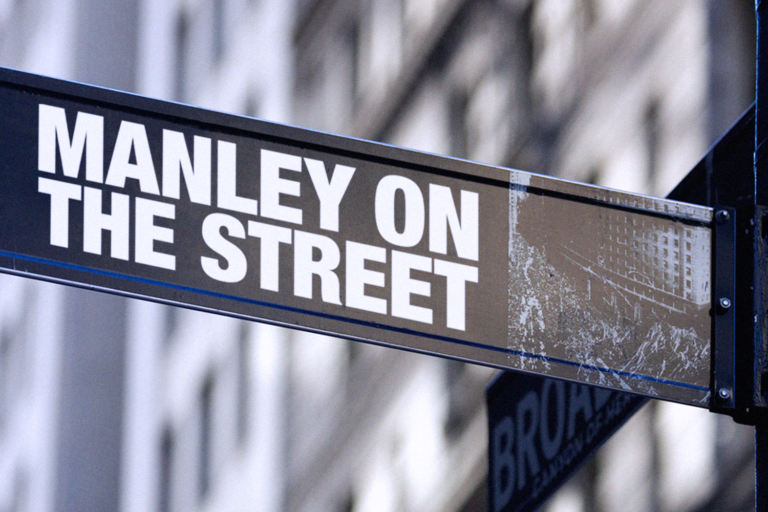by John Manley, CFA, Wells Fargo Asset Management
Michael: How bad do you think it’s gonna be?
Clemenza: Pretty … bad. That’s all right. These things gotta happen every (so often). Helps to get rid of the bad blood. —The Godfather
Last Friday wasn’t a Godfather-style hit for the stock market, but it certainly made me jump. I, like many, had been numbed by the somnambulant behavior of equities over the past six weeks. I don’t think I was complacent, but I wasn’t looking over my shoulder as much as I should have been. Well, that’s changed.
Given the suddenness and violence of the drop, I suspect that it was a bull-market correction, but I do not think that we are finished with it. I guess corrections are so named because they serve to correct excesses. In my opinion, corrections are nasty, brutish, and short. The length and depth of the market’s pullback are functions of how much punishment is needed to restore the proper level of skepticism and concern amongst the investing public.
Friday got our attention, but it probably will take some time and some more pain to fully make the point. Despite a jump in the CBOE Volatility Index (VIX), which is a popular measure of implied volatility, the VIX is still below where it began the year. Meanwhile, the yield on the 30-year U.S. Treasury bond is still substantially lower than it was nine months ago. There’s still some room for a bit more erosion in stock prices, in my opinion.
I still can’t get myself to call for a real bear market. I still think that equity fundamentals, while no longer great, are at least fairly good. Valuations seem fair, or full, on forward earnings expectations, which have had an upward bias recently. That trend is encouraging but must constantly be watched. I suspect that better economic growth may bring better profits, and that seems to happening.
Finally, there is the Federal Reserve (Fed). Our Fed has kept short-term rates at very low levels. Asset purchases by foreign central banks have depressed the yields on longer paper. These things cannot go on forever, but they have gone on longer than most observers had expected. I would think that all central bankers are very much aware of the risks here. I am not competent to forecast central-bank actions, but I have some idea of their intent. When all the dust has settled, their intent will matter more.
While the markets quiver on speculation as to when and by how much rates will rise, I think it is better to try to answer a much simpler question: Do the central banks of the world want to encourage or discourage growth in the next year? If, as I suspect, the former is the case, then rates will rise only when the perception is that a rate increase will not adversely affect growth. In that context, any rate increase by the Fed should be viewed as evidence of better growth, not a desire to curtail that growth.
The markets may not always see things that way, but I suspect that is more of an opportunity than a trap.
Copyright © Wells Fargo Asset Management

















